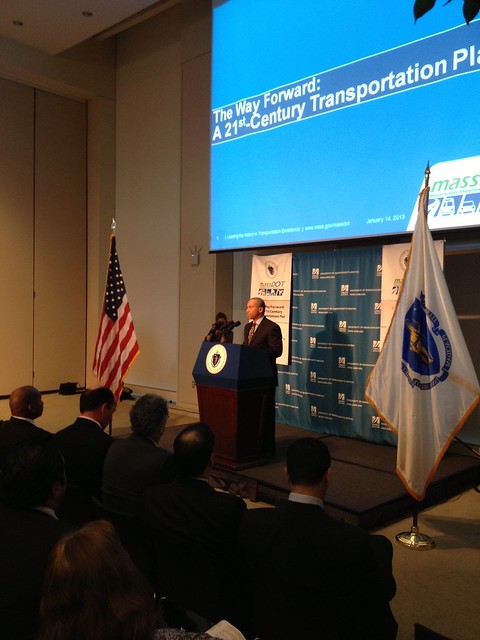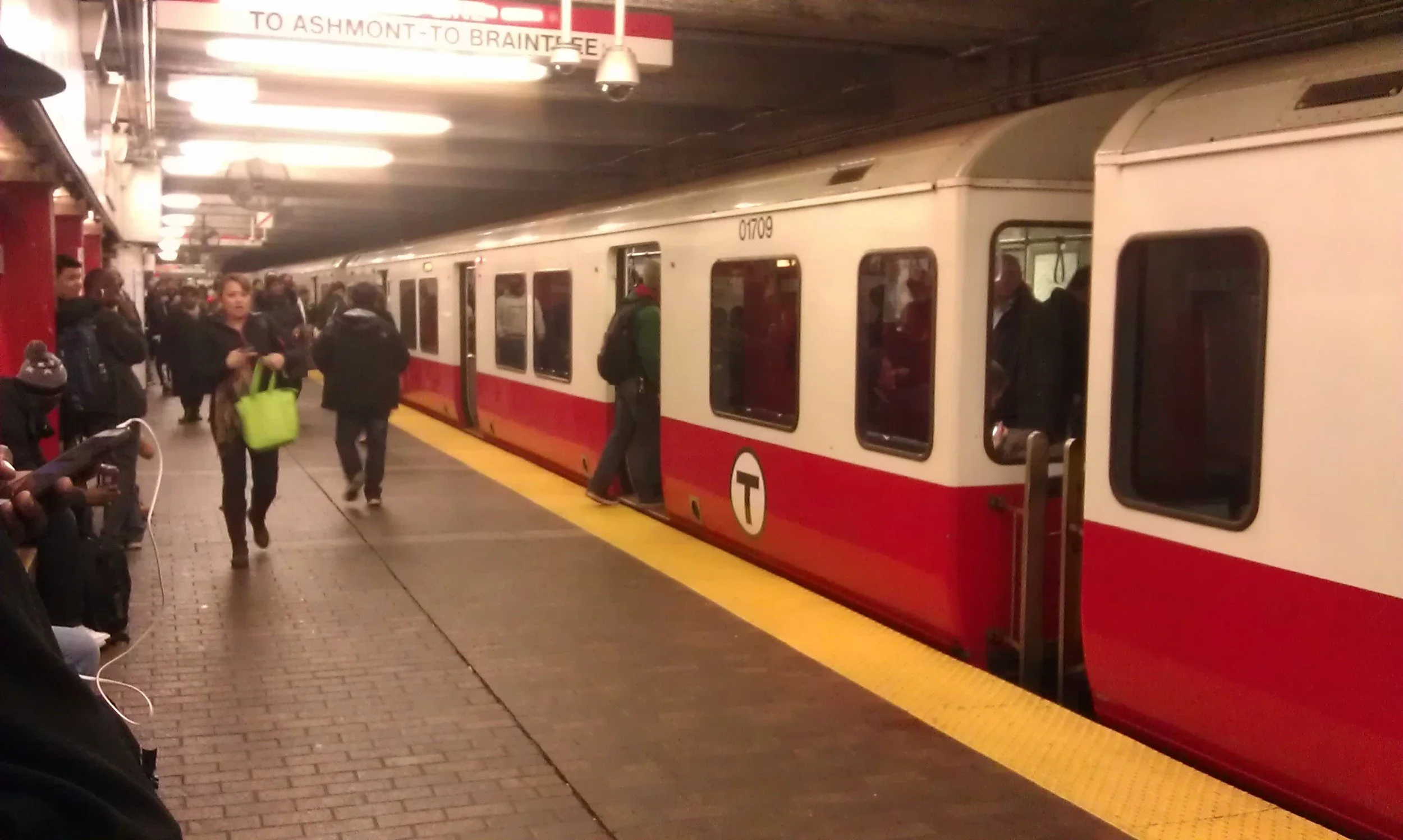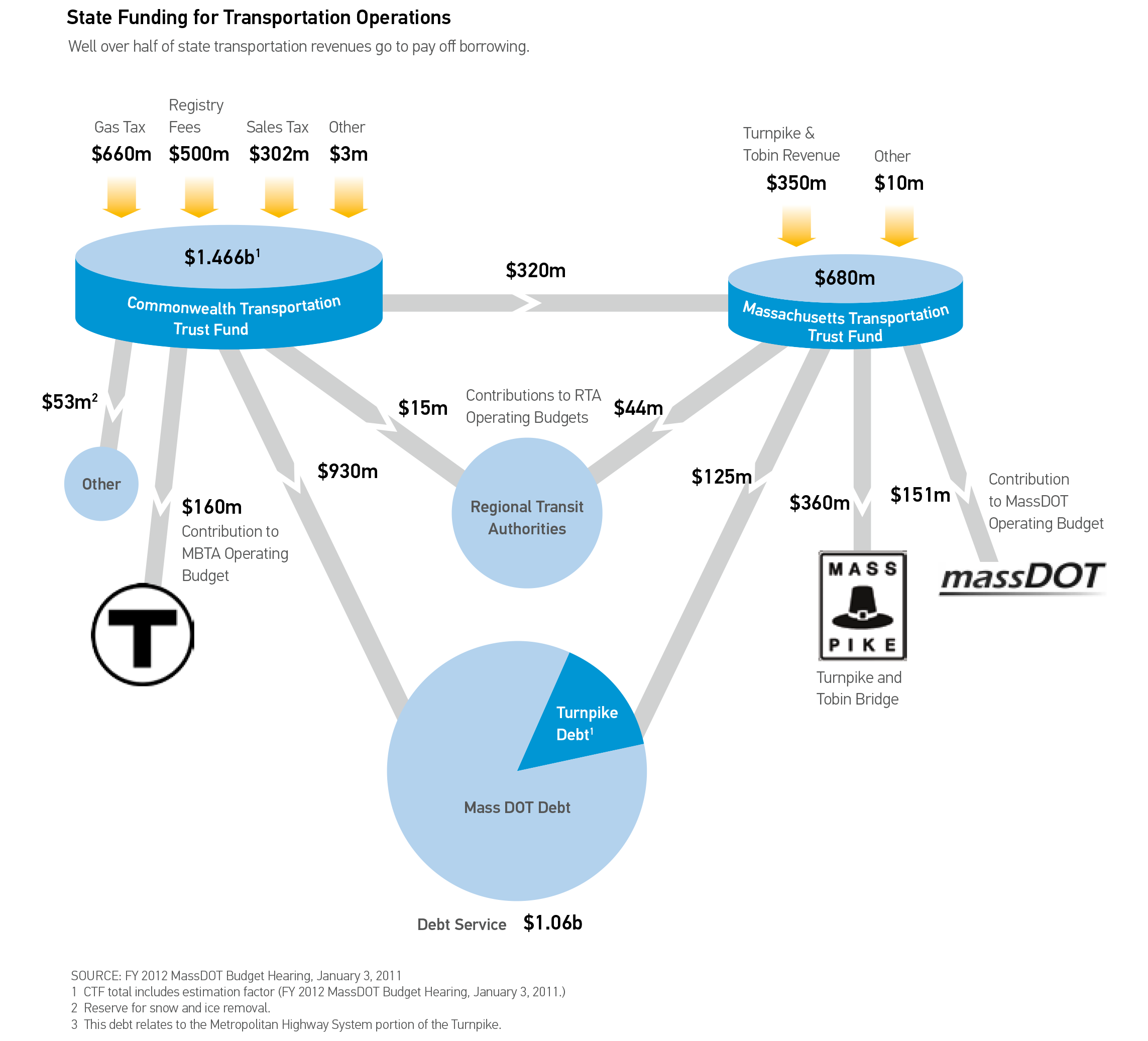
TransitMatters Exec. Director & Staff's Public Comments At August MBTA Board Meeting
Below is the full transcript of the public comment our Executive Director, Jarred Johnson, presented to the MBTA Board on August 24, 2023:
“Good morning, Secretary Fiandaca, Chair Glynn, General Manager Eng, members of the board, and staff. I appreciate the opportunity to provide public comment.
My name is Jarred Johnson, the Executive Director of TransitMatters and a frustrated T rider.
The work of turning around an agency beset with a myriad of problems is no mean feat. I hope I have expressed gratitude for this board and the welcome change in leadership in the C-Suite.
However, for people who don’t read the Globe, or attend Boston Chamber breakfasts, for the riders struggling to get to work on time every day, or trying to make a doctor’s appointment on time. In other words, the many people who depend on the Red Line, which is 40 min slower than at the start of this administration, or the 1 bus, which saw yet another service cut earlier this year, or the Orange Line, which is 10 min slower than before the shutdown. Those riders could be forgiven for thinking nothing fundamentally has changed.
If this sounds harsh, then let’s be clear: the reality of their daily transit commutes is harsh. And harsh is not acceptable. I’m trying to bring in the voices of the people who can’t make a 10 a.m. meeting. I have tried to say this every single way possible: this agency is in danger of entering a death spiral. And if that happens, it will be because this agency is moving too slowly to show riders it is making progress, or that it cares about them.
The ending of the “Show Your Charlie Card” is a small thing, but in my mind, it says a lot about how this agency sees the current landscape and how out of touch that view is.
I also want to highlight the stark difference in how MassDOT had people out at Haymarket one year before the start of Sumner Tunnel work to alert drivers well in advance. It then asked the T to pay for free Blue Line service as well as subsidize Commuter Rail and ferry service. It had elected and senior administration officials riding the T, and it provided up-to-date information to encourage usage of public transit.
These efforts show that you can try to effect mode shift and make people’s lives better in spite of infrastructure challenges when it’s a political imperative.
My argument isn’t that the T and MassDOT shouldn’t have done this for the 50,000-odd drivers using the tunnel, but that it should be the standard for 90,000 Red Line riders or nearly 300,000 bus riders.
I care so deeply about this system and I think it’s key to our housing, climate, economic, and equity goals. I shouldn’t have to beg the administration to act like it.
It’s time for that fundamental shift so promised in campaign speeches and first-day remarks to happen. I mean this in terms of communication, in terms of transparency, and in terms of taking decisive, visible, and immediately effective actions that make rider’s lives easier while you work on the things that will take more time. I also mean this in terms of coming clean with the legislature and the public about the significant looming operating budget crisis and the overall continued underfunding of the transit and rail system. This system needs an unprecedented infusion of new funding over the next ten years to remake the system. Incrementalism has left this agency and this administration playing a futile game of transit whack-a-mole. It won’t work, it isn’t working, and it will be a terrible legacy for you all to have.
I’ll close by saying that the T’s posture of conservatism—withholding information like the Capital Needs Assessment, saying nothing other than the truth even if it’s bad news—has not helped it in the past. It hasn’t led the legislature to act. It hasn’t made the T a bigger priority for previous governors. And there’s no indication that this will change.
I want this agency to treat the slow zones and dropped bus trips wasting precious hours of riders’ lives like an emergency.
I want the T to treat the extreme gulf of capital funding available to meet the need, which I know is likely 2x that of previous estimates like an emergency. I want the T to treat riders with the dignity and respect they deserve. And to fight for them, and indeed the future of our region.”
Below is the full transcript of the public comment our Policy Analyst and Programs Manager, Katie Calandriello, and TransitMatters Labs Co-Lead presented to the MBTA Board on August 24, 2023:
“Good morning, Secretary Fiandaca, Chair Glynn, General Manager Eng, members of the board, and staff. Thank you for allowing us to comment this morning on behalf of TransitMatters.
My name is Katie Calandriello, Policy Analyst and Programs Manager at TransitMatters, and we would like to respond to the current state of slow zones on our subway as highlighted by the Slow Zone Tracker on our Data Dashboard.
We're encouraged by the state of slow zones on the Blue Line, but we continue to be concerned about the state of the Orange and Red Lines. In the former case, on the Orange Line, slow time is up 220% since before the shutdown last fall. In the latter case, slow time across the Red Line has increased 58% since July 20, putting it within 15 minutes of the post-inspection 83-minute peak on April 13 earlier this year.
This demonstrates that our slow zones have not been fixed, and in some cases have gotten worse. However, these aren’t just lines on a graph. Our riders are feeling these slow zones too.
TransitMatters urges the MBTA to continue the “Show Your Charlie Card” program on Commuter Rail lines running adjacent to our subway system until slow zones return to their March 9, 2023 levels, before the blanket speed restrictions and track inspections.
This policy was enacted to provide alternative service to riders with ongoing slow zones and it is the duty of the MBTA to continue this service until slow zones are ameliorated.
In a time when our transit system is in one of the worst conditions it’s ever been in, we need to be doing everything we can to get riders where they need to be, safely, quickly, and reliably.
It’s small policies like this that can help our transit network bounce back.
Thank you.”
Has MassDOT Reached the End of the Road for Internal Reform?
 Two Fridays ago, Governor Deval Patrick stated that he would unveil a proposal later this month to raise the necessary money through taxes or fees to fix the financially beleaguered transport network. Today, the details of where the money would be coming from and how much were revealed by the Governor and MassDOT.
Two Fridays ago, Governor Deval Patrick stated that he would unveil a proposal later this month to raise the necessary money through taxes or fees to fix the financially beleaguered transport network. Today, the details of where the money would be coming from and how much were revealed by the Governor and MassDOT.
The original Globe article on the issue highlighted that the annual gap between actual needs and what is actually raised and spent amounts to nearly $1 billion annually. This comes even after many years of reform that have consolidated a number of state agencies under MassDOT and produced efficiencies that have saved the state countless hundreds of millions of dollars over the years.
As temperatures dip far below freezing once again, it becomes painfully clear to many commuters that our aging transit system is in dire need of investment that no amount of structural reform will provide. MBCR spokesman Scott Farmelant notes, 'There is only one way to prevent cold-weather delays: increased capital investment into the infrastructure, in particular signals, switches, and bridges.'
Likewise, there are many transit, commuter, and even high speed rail agencies that operate in similar climates in Europe that have overcome[PDF] sub-zero temperatures. By investing in weather-resistant infrastructure that is engineered to anticipate winter conditions and maintaining a modern fleet of trains, service impacts remain low. Sometimes, even the older equipment gets pulled out to help battle snow, much less extreme cold conditions, as happened in Sweden in 2010.
That said, it's no wonder the MBTA encounters such severe weather-related issues, even without snow. No amount of consolidation or reorganisation of the MBTA or MassDOT can generate the amount of money to buy new signals, trains, or track needed to even prevent equipment-related delays on a sunny spring day. It's time to make the hard decisions and start raising new revenue or increasing the amount that comes from existing revenue sources.
New revenues in the short term can come from a new vehicle miles travelled tax, congestion pricing, and new road tolls. Unfortunately, America's road users are conditioned to object to paying for any road maintenance out of pockets and with good reason. For decades, the expectation has been that income taxes and the gas tax alone was enough to maintain the growing glut of roads we've built out:
If you actually make people pay out of pocket to get a faster trip, people aren’t willing to spend that much. We have two bridges across Lake Washington. One has to be replaced. They put a toll on it to help pay for the project, and immediately traffic plummeted. People are driving around to get to other side, driving on the other road, sitting through congestion, timing their trips differently in order to avoid tolls. People really, if they have to pay out of pocket for a quicker trip, they don’t place much value on it.
So we’re expecting taxpayers to foot the bill for things the drivers themselves will not pay for.
With that in mind, why shouldn't transit riders also be made to pay more out of pocket for transit improvements? The truth is that we, as a state and a nation, have been subsidising roads more than transit by a large margin for decades and those public investments have done little to provide effective core services. In fact, T riders pay more in fares ($451 million in 2011) to run the T than drivers pay in tolls across the Tobin Bridge and entire Turnpike ($350 million in 2011) to pay for a much larger and more expensive system.
Taking the long view, it cannot be said enough that MassDOT and the MBTA can better capitalise on their existing properties by developing on them instead of selling them outright. Selling property and air rights is one way to gain revenue but is not a viable long-term solution.
Property is the most valuable asset of any railroad and Japan's railroads have known this for years. Build homes and businesses in a walkable pattern around your stations and your network and its destinations become that much more accessible. In the long run, you have a steady stream of income from property rentals and fares from riders who depend on your system. Somerville's Assembly Square mega-project is the best example of this type of destination-creating redevelopment that is fuelled by transit. My only issue with the project is the alarming 7,500 parking spaces that will be constructed for such a walkable development adjacent a new $57 million Orange Line station.

Furthermore, building more transit-oriented development and strengthening those neighbourhoods has the potential to address the growing demand for market-priced units and outstanding need for affordable housing. The impact of new user fees on the impoverished who need to drive to work is an unfortunate reality. This can only be mitigated by providing quality, transit-accessible neighbourhoods with good access to affordable housing, jobs matched to the skills of those residents, and quality schools that provide them and their children access to upward social mobility. As more opportunities arise for people to live in areas better able to serve transit, the case for outward growth and maintenance of far-reaching transit routes declines as the case for road-based user fees increases politically.
Value capture taxes are also another way to revenue from development around stations. In addition to adding value to our existing transit system, new developments bring higher property values. Value capture capitalises on this rise in property values by enforcing fees or taxes on developers or landowners in the area of redevelopment and can go right back into maintaining the very infrastructure that serves that neighbourhood.
Ultimately, it's long-term, smart growth strategies championed by MAPC and MassDOT's mode shift initiative that will limit the amount of new infrastructure that we'll have to borrow to spend and maintain. They will also allow us to derive more value from the infrastructure we've already built and are currently paying for. New road construction cannot continue to be used as an argument for continued debt spending under the prospect of economic development when our crumbling core infrastructure is inhibiting in-place economic growth.
In the short term, there are several ways the state can improve the sorry state of affairs with transportation funding, but most involve making tough decisions about new taxes or fees. Even less can be done in the near term to reduce the need for additional spending to maintain our crumbling infrastructure.
Categories
- Children (1)
- Diversions (1)
- Olympics (1)
- MAPC (2)
- Red–Blue Connector (2)
- Urban Design (3)
- Bus (4)
- Fares (4)
- Late Night Service (4)
- MBTA ROC (4)
- Silver Line (4)
- Snow (5)
- Blue Line (8)
- Emergency (8)
- Orange Line (8)
- Public Comment (8)
- Maintenance (9)
- Operations (9)
- Signage (9)
- Fare Collection (10)
- Labs (11)
- Safety (11)
- Planning (12)
- Communication (14)
- MBCR (14)
- MassDOT (14)
- Green Line (16)
- History & Culture (16)
- Red Line (18)
- MBTA Bus (21)
- Commuter Rail (24)
- Advocacy (26)
- Capital Construction (28)
- Politics (30)
- Podcast (35)
- News (38)
- Media (40)
- Funding (42)
- Statements (50)
- MBTA (57)


